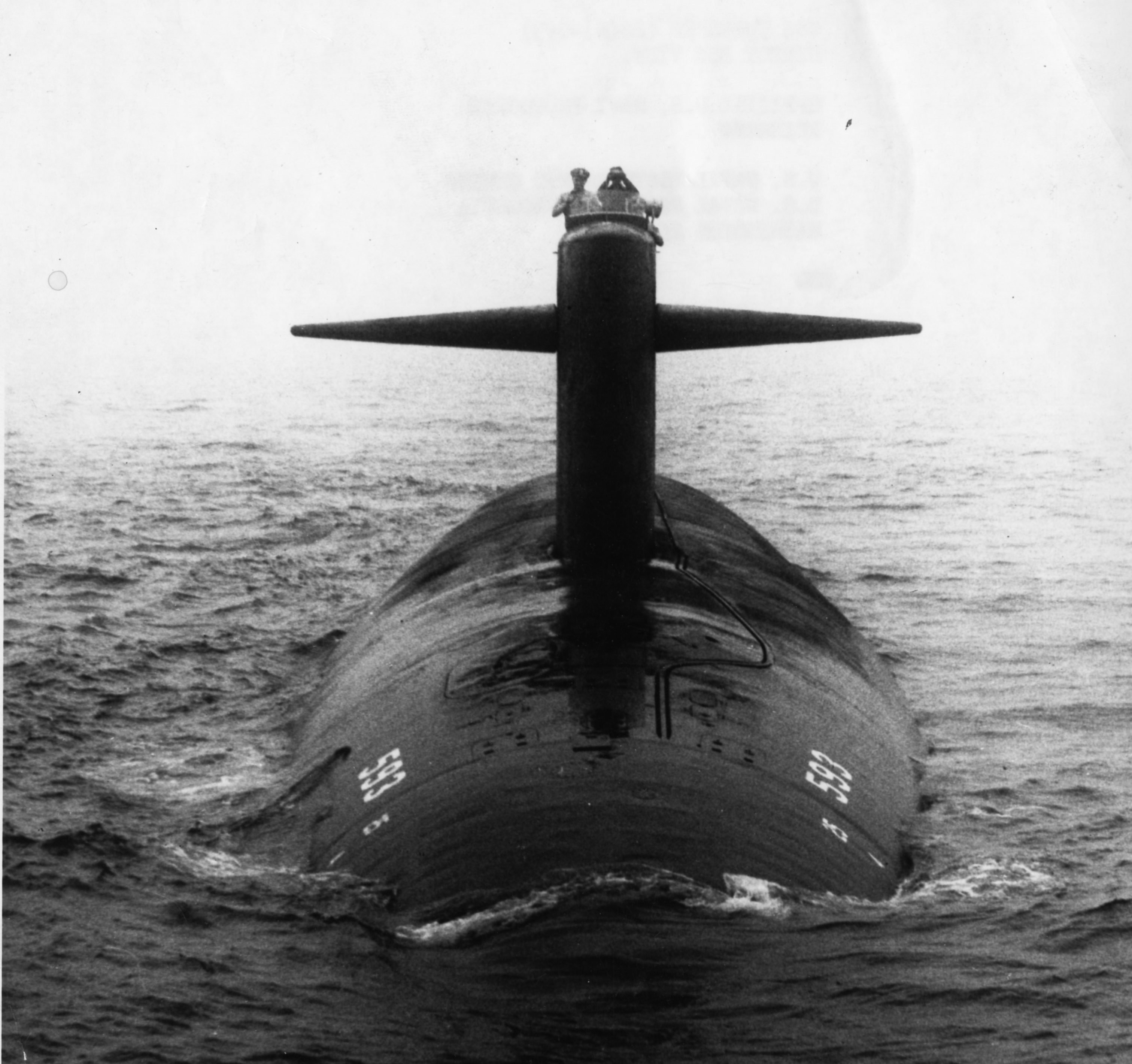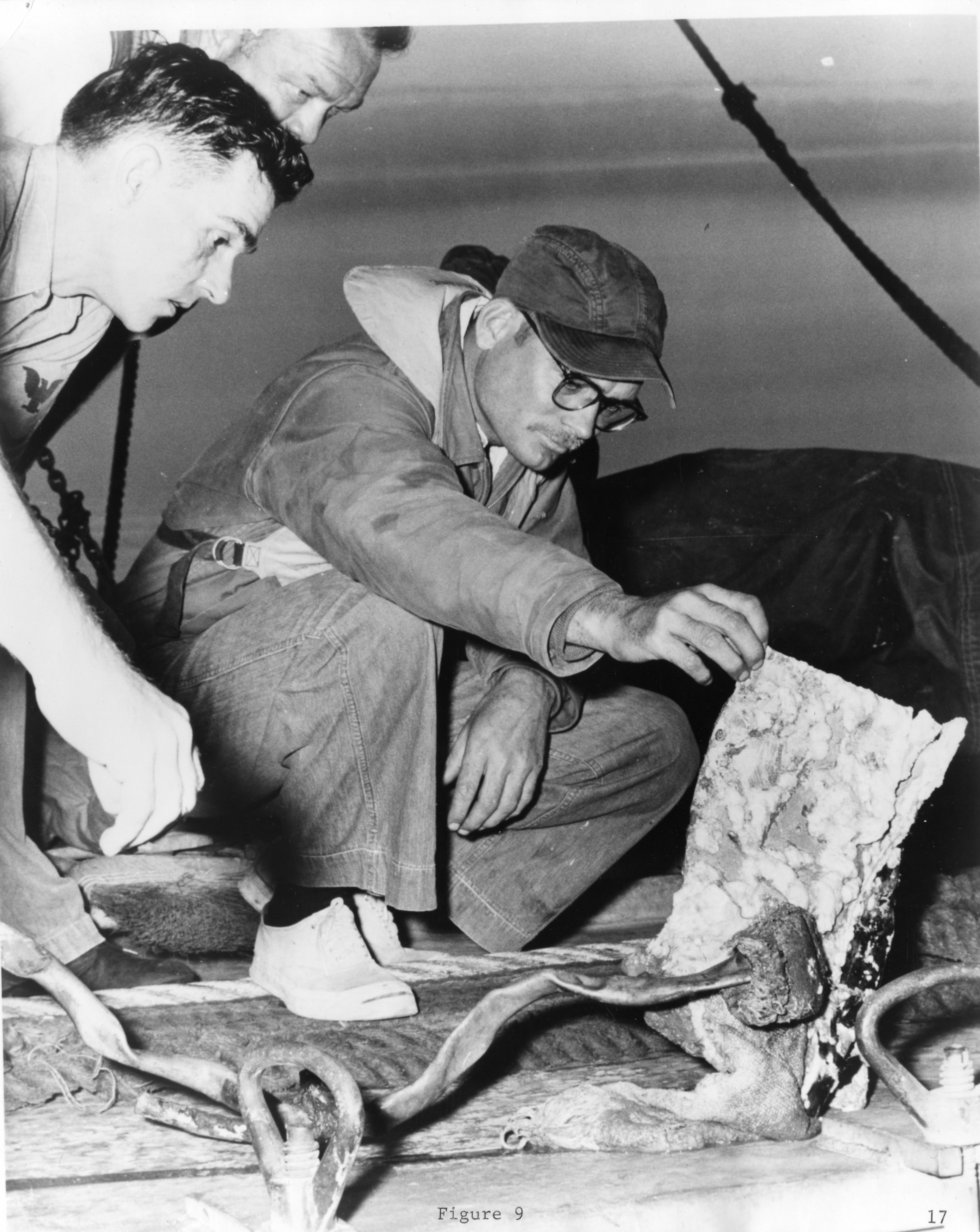
A retired nuclear submarine commander filed suit against the Navy to gain access to records classified for more than a half-century after the sinking of USS Thresher (SSN-593) – the Navy’s worst nuclear submarine disaster.
Capt. James Bryant, who served on three Thresher-class subs, including a tour as commanding officer of USS Guardfish (SSN-612), has in his retirement taken to investigating the cause of Thresher’s sinking.
“I’m trying to find out what happened because it’s good lessons learned,” Bryant told USNI News. “You need to have scholars look at this. What are we really protecting? I’m not doing this to embarrass the Navy.”
When Thresher sank to the bottom of the Atlantic Ocean 56 years ago, 129 officers, sailors and shipbuilders died. Thresher was supposed to be the most advanced submarine, and its failure during the height of the Cold War was considered a tremendous disaster, Bryant said.
In the aftermath of Thresher, the Navy created its SubSafe program. Bryant says if the facts were released, the incident could serve as a valuable learning tool.
“A lot of things had to have gone wrong for that submarine to sink,” Bryant said.
A year ago, Bryant wrote in Proceedings why he thinks the Navy should declassify the Thresher investigation. On April 8, 2019, Bryant filed a Freedom of Information Act request with the Navy asking for the release of Thresher investigation documents.
Displeased with the slow-pace of the Navy’s response, Bryant filed a lawsuit on July 5 alleging the “Navy has improperly withheld agency records from Plaintiff.”
In response, the Navy denies withholding any records under the Freedom of Information Act, according to an Aug. 8 court filing. A court date for the case has not been set.
Theories about why Thresher sank have circulated since it sent its last garbled report during a deep dive test on April 10, 1963. Some theories revolve any number of possible mechanical failures or design flaws. Others hold to more far-fetched Soviet Navy interference. The official reason involves a ruptured pipe causing flooding that shorted-out electrical panels, resulting in a loss of propulsion at test depth.
Bryant, who spent a significant part of his naval career serving aboard Thresher-class submarines, suspects a problem with Thresher’s main coolant pumps led to the sinking. However, without the Navy records requested in his Freedom of Information Act request, Bryant said there’s no way to determine if any of the theories are correct.
Given the age of the investigation and a 2012 memo from the Navy’s director of undersea warfare, Bryant says the bulk of the Thresher investigation should be releasable.

The Navy’s director of undersea warfare stated in the 2012 memo, “Approximately 75 percent of the records have been declassified and are available for public release through FOIA. The remaining records are classified and are subject to redaction through a mandatory declassification review process before being released.”
However, seven years after the memo, and 56 years since the sinking, Bryant says the Navy has released just 19 pages of more than 1,700 pages of testimony. Bryant is suing to get the Navy to release all declassified Thresher information.
“All they have to do is remove temperatures and pressures and flow rates,” Bryant told USNI News. “We’re not after reactor design, and I doubt very much the court of inquiry went too much into reactor design.”
Bryant also thinks there’s a great untold story of how the nuclear Navy survived the sinking. Adm. Hyman Rickover, during his testimony, successfully made a case to continue building nuclear submarines amid advocacy to back away from the new technology involved in the disaster.
“Naval Reactors has a great story to tell here because Rickover beats these people, he saved a very important program,” Bryant said. “The diesel boat guys wanted to go back to diesel boats, and the Cold War would have had a different history.”





